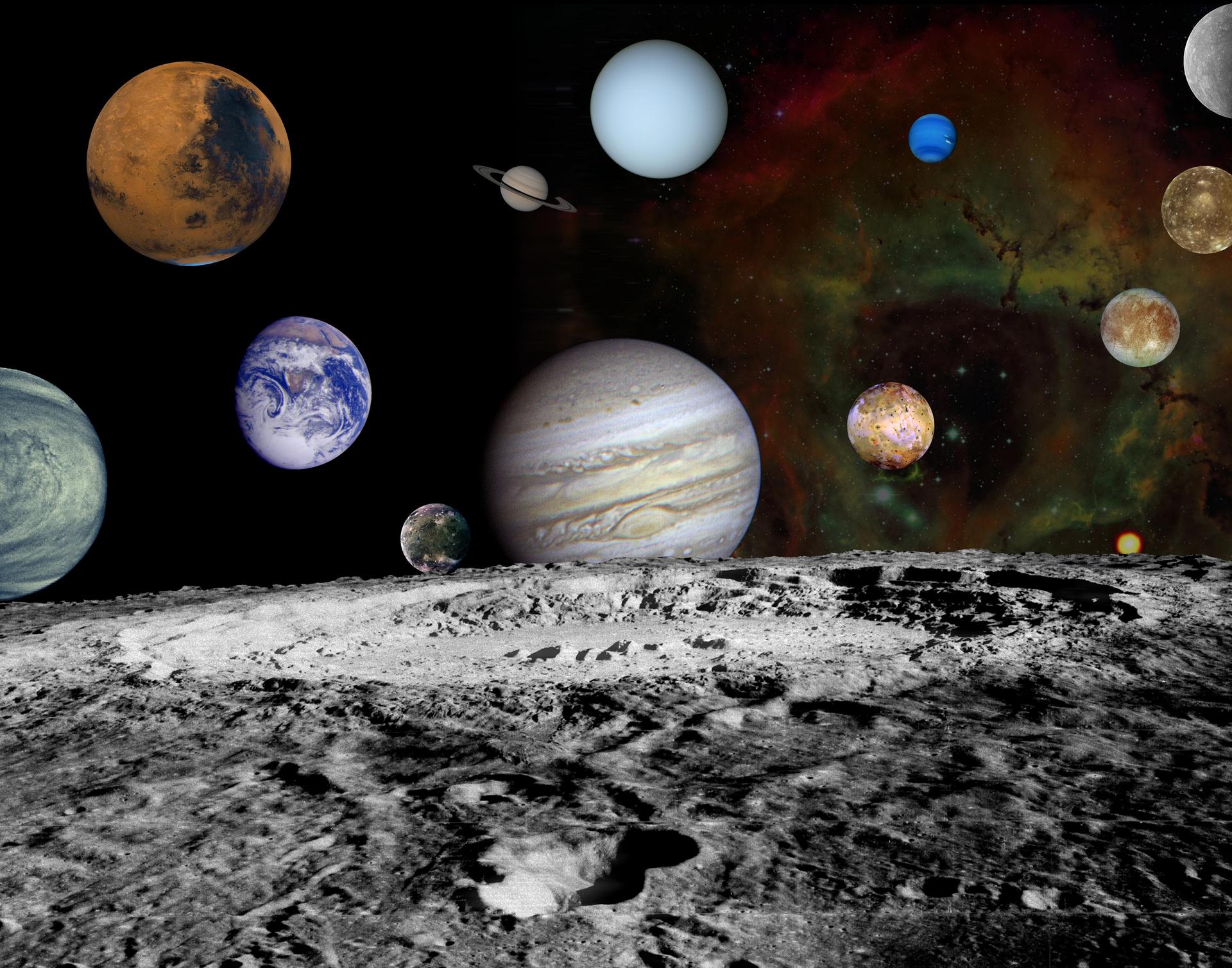Explore This Section
5 min read

This montage of images taken by the Voyager spacecraft of the planets and four of Jupiter's moons is set against a false-color picture of the Rosette Nebula with Earth's moon in the foreground. Archival data from the Voyager missions continue to produce new scientific discoveries.
NASA/JPL/ASU
Every NASA mission represents a leap into the unknown, collecting data that pushes the boundaries of human understanding. But the story doesn't end when the mission concludes. The data carefully preserved in NASA's archives often finds new purpose decades later, unlocking discoveries that continue to benefit science, technology, and society.
"NASA's science data is one of our most valuable legacies," said Kevin Murphy, NASA's chief science data officer at NASA Headquarters in Washington. "It carries the stories of our missions, the insights of our discoveries, and the potential for future breakthroughs."
/Public Release. This material from the originating organization/author(s) might be of the point-in-time nature, and edited for clarity, style and length. Mirage.News does not take institutional positions or sides, and all views, positions, and conclusions expressed herein are solely those of the author(s).View in full here.






